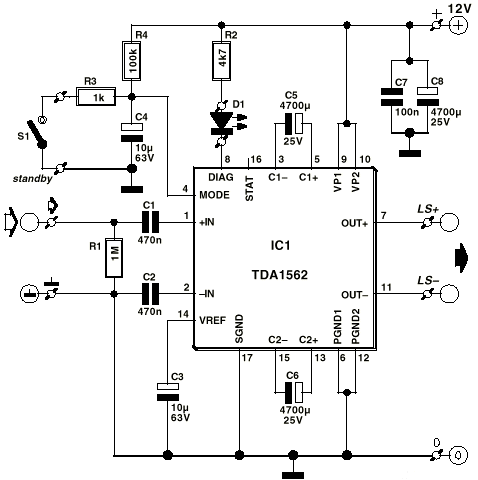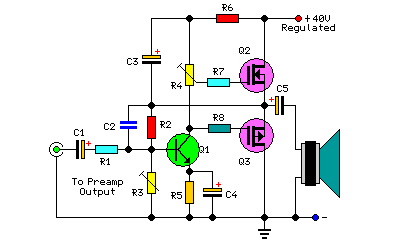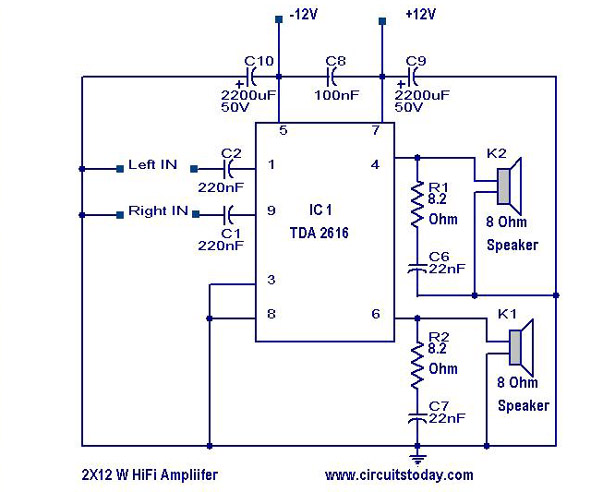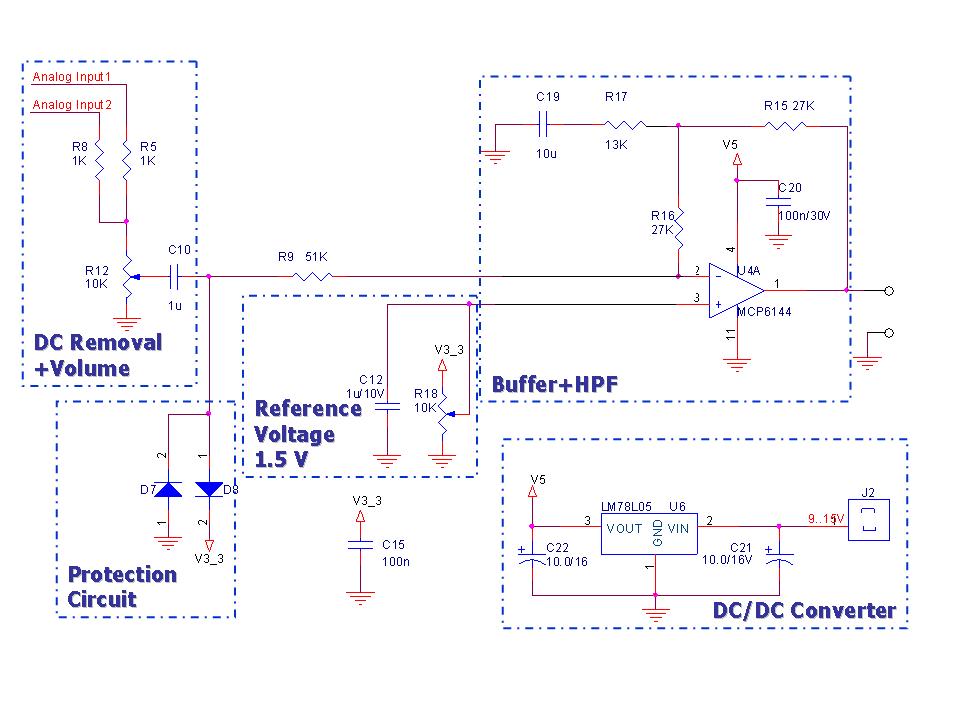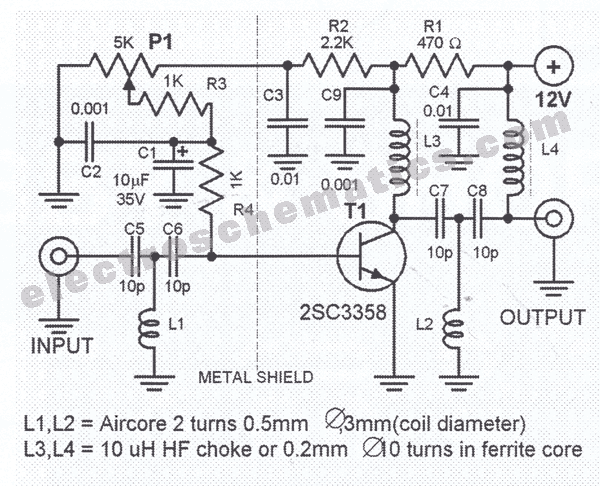
The HiFi amplifier 300B
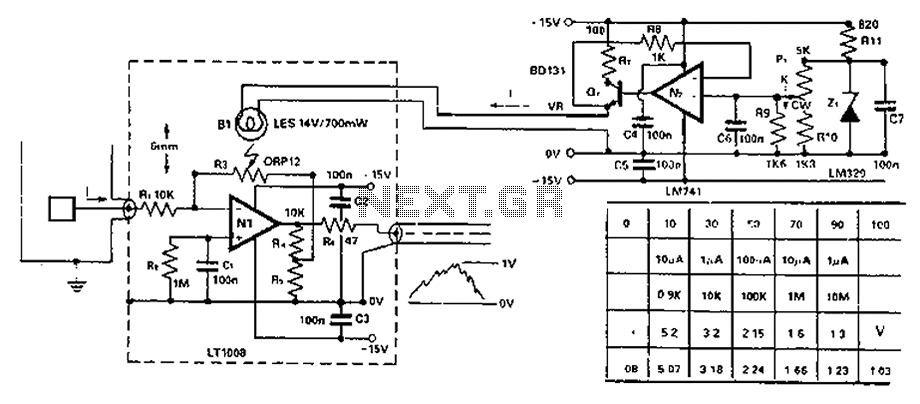
The 300B is a highly reliable power amplifier transistor with excellent characteristics. The circuit should be designed to fully utilize the outstanding features of the 300B. To address the warm-up time, the filament of the 300B is paired with the WE-274 rectifier diode. Additionally, the amplifier employs high-efficiency Toshiba 1S2 711 silicon diodes. Considering the warm-up time of the 300B filament, a fixed gate bias and a self-bias supply method are implemented in the circuit, as illustrated in Figure 1-46. The final amplifier tube, the triode 300B, generates second harmonic distortion, while the reverse voltage amplification stage produces a second harmonic that is specifically designed to offset this distortion, thus eliminating the need for negative feedback.
The 300B power amplifier circuit is designed to maximize the performance characteristics of the 300B tube, which is renowned for its high fidelity and reliability in audio applications. The circuit configuration includes a careful selection of components, such as the WE-274 rectifier diode, which is used to ensure that the power supply provides stable voltage and current to the 300B filament during the warm-up phase. This warm-up time is critical for the optimal performance of the 300B, as it allows the tube to reach its operational temperature and stabilize before audio signals are processed.
The use of Toshiba 1S2 711 silicon diodes enhances the efficiency of the rectification process, minimizing power losses and improving the overall performance of the amplifier. The circuit utilizes a fixed gate bias, which simplifies the biasing process and ensures consistent operation across varying conditions. The self-bias supply method further enhances the stability of the amplifier by allowing it to adapt to changes in the circuit without the need for manual adjustments.
In terms of audio performance, the triode 300B is capable of producing rich, warm sounds that are highly sought after in high-end audio systems. The inherent second harmonic distortion generated by the 300B is often perceived as musically pleasing and contributes to the overall character of the sound. The design of the reverse voltage amplification stage is crucial, as it specifically compensates for the second harmonic distortion produced, thereby maintaining a clean audio output without the introduction of negative feedback, which can sometimes degrade sound quality.
The comprehensive design of the 300B amplifier circuit ensures that it not only meets the technical specifications required for high-fidelity audio reproduction but also provides a user-friendly experience with minimal maintenance needs. The integration of these various components and design methodologies culminates in a robust and efficient power amplifier that is capable of delivering exceptional audio performance.300B is a high reliability, excellent characteristics of the power amplifier transistor 6 in the circuit should be designed so that the 300B excellent characteristics of the fu ll play. To warm-up time and the filament 300B cooperates developed WE-274 rectifier diode, and this time produced by the amplifier using a high-efficiency rectifier Toshiba 1S2 711 silicon diodes. Taking into account the 300B filament warm-up time, taken with the fixed gate bias and the bias of both self-bias supply method D all circuits constituted as shown in Figure 1-46.
All mining machine by opening the final amplifier tube triode 300B generated second harmonic distortion, reverse voltage amplification stage by the second harmonic specially produced in the final stage of the child to offset, so there is no negative feedback pregnant
The 300B power amplifier circuit is designed to maximize the performance characteristics of the 300B tube, which is renowned for its high fidelity and reliability in audio applications. The circuit configuration includes a careful selection of components, such as the WE-274 rectifier diode, which is used to ensure that the power supply provides stable voltage and current to the 300B filament during the warm-up phase. This warm-up time is critical for the optimal performance of the 300B, as it allows the tube to reach its operational temperature and stabilize before audio signals are processed.
The use of Toshiba 1S2 711 silicon diodes enhances the efficiency of the rectification process, minimizing power losses and improving the overall performance of the amplifier. The circuit utilizes a fixed gate bias, which simplifies the biasing process and ensures consistent operation across varying conditions. The self-bias supply method further enhances the stability of the amplifier by allowing it to adapt to changes in the circuit without the need for manual adjustments.
In terms of audio performance, the triode 300B is capable of producing rich, warm sounds that are highly sought after in high-end audio systems. The inherent second harmonic distortion generated by the 300B is often perceived as musically pleasing and contributes to the overall character of the sound. The design of the reverse voltage amplification stage is crucial, as it specifically compensates for the second harmonic distortion produced, thereby maintaining a clean audio output without the introduction of negative feedback, which can sometimes degrade sound quality.
The comprehensive design of the 300B amplifier circuit ensures that it not only meets the technical specifications required for high-fidelity audio reproduction but also provides a user-friendly experience with minimal maintenance needs. The integration of these various components and design methodologies culminates in a robust and efficient power amplifier that is capable of delivering exceptional audio performance.300B is a high reliability, excellent characteristics of the power amplifier transistor 6 in the circuit should be designed so that the 300B excellent characteristics of the fu ll play. To warm-up time and the filament 300B cooperates developed WE-274 rectifier diode, and this time produced by the amplifier using a high-efficiency rectifier Toshiba 1S2 711 silicon diodes. Taking into account the 300B filament warm-up time, taken with the fixed gate bias and the bias of both self-bias supply method D all circuits constituted as shown in Figure 1-46.
All mining machine by opening the final amplifier tube triode 300B generated second harmonic distortion, reverse voltage amplification stage by the second harmonic specially produced in the final stage of the child to offset, so there is no negative feedback pregnant
